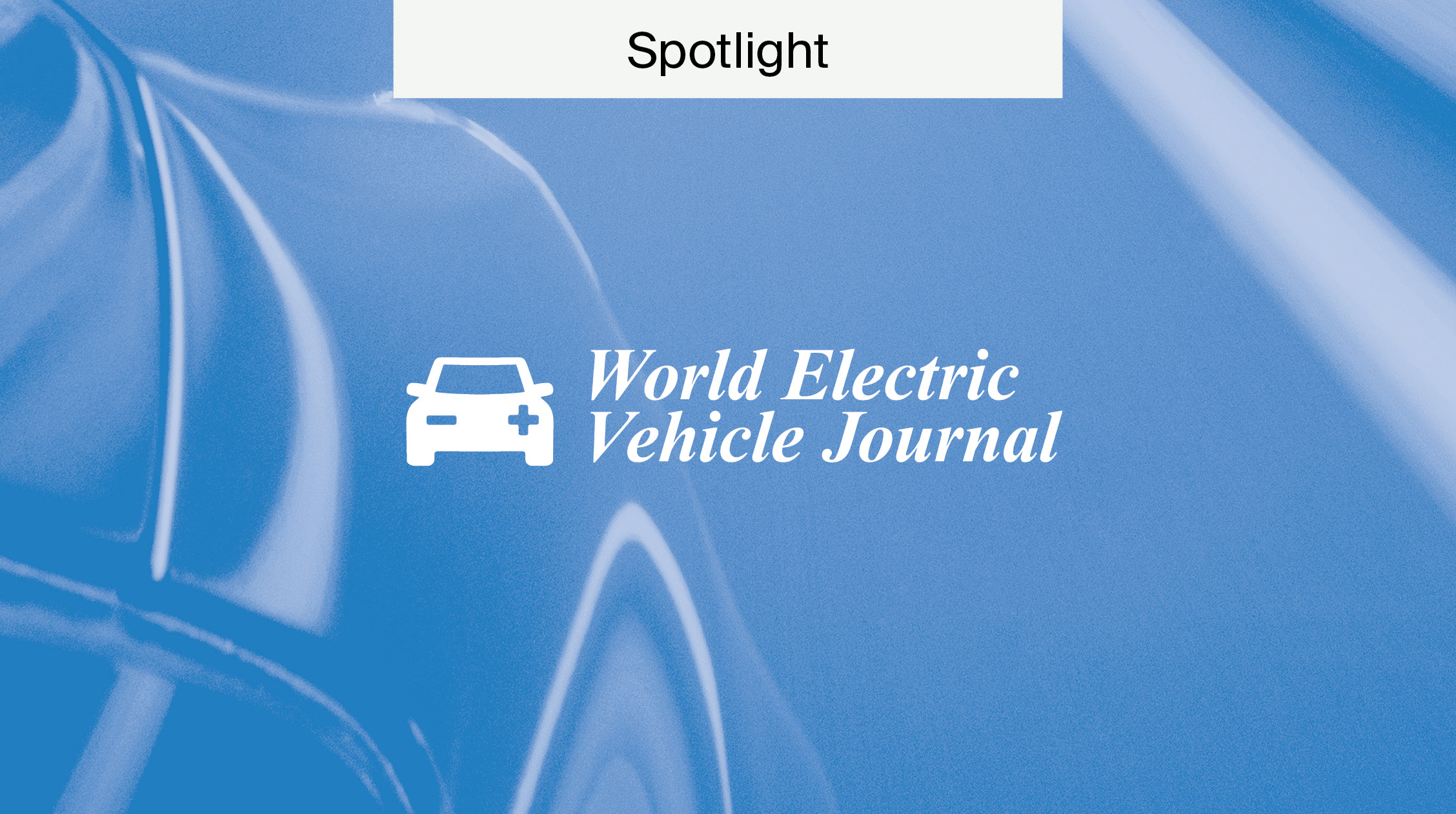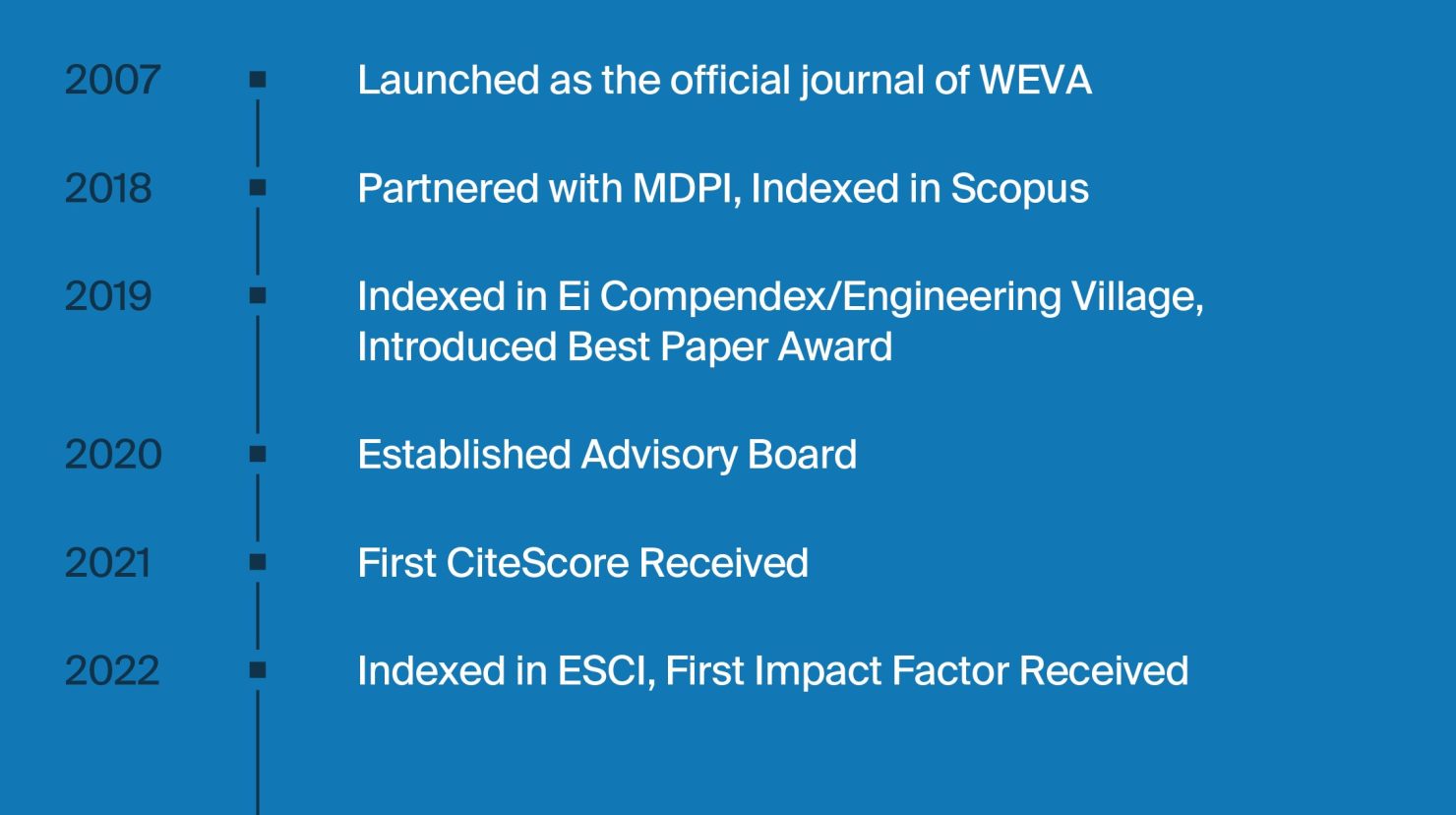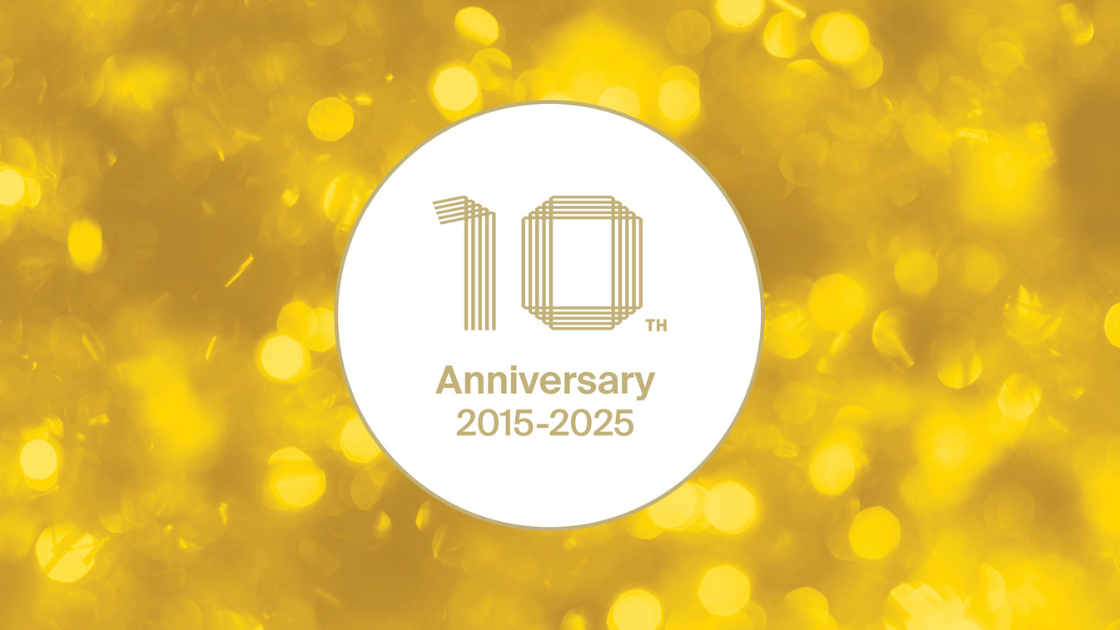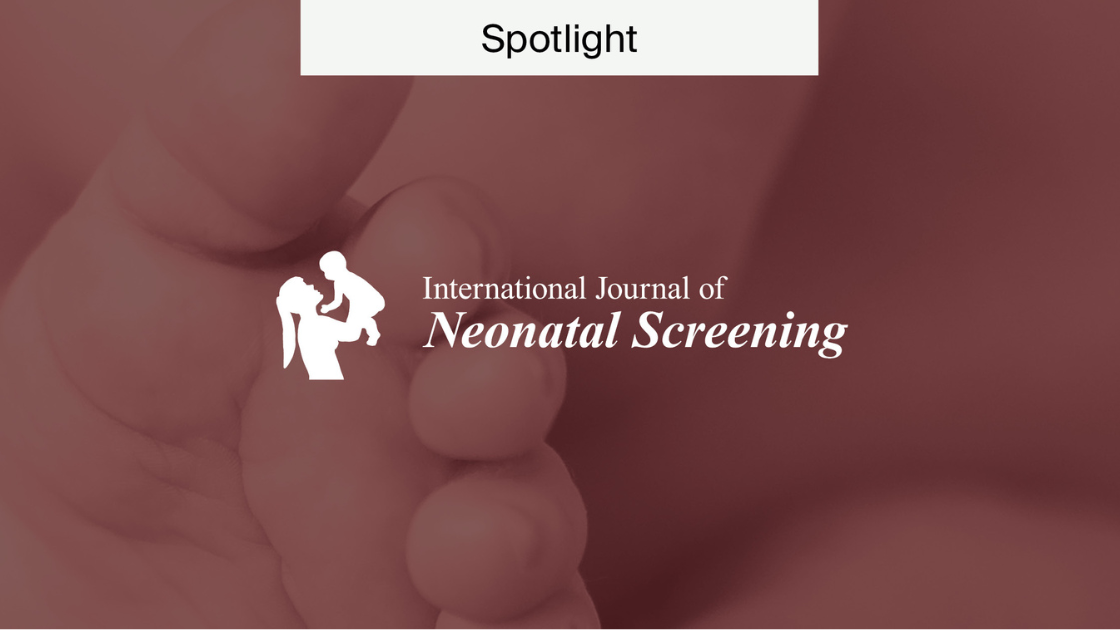
World Electric Vehicle Journal MDPI: Journal Spotlight
In this month’s spotlight, we’re highlighting the World Electric Vehicle Journal (WEVJ, ISSN 2032-6653), the first peer-reviewed international scientific journal to comprehensively cover all studies related to battery, hybrid, and fuel cell electric vehicles.
Editor-in-Chief: Prof. Dr. Joeri Van Mierlo
Current Impact Factor: 2.6
Current CiteScore: 5.0
Statistics as of June 2025.
Visit the WEVJ MDPI journal webpage
A history of WEVJ
WEVJ was first launched in 2007 as the official journal of the World Electric Vehicle Association (WEVA) and its members: the European Association for e-Mobility (AVERE), the Electric Drive Transportation Association (EDTA), and the Electric Vehicle Association of Asia Pacific (EVAAP).
WEVA is an international organization that was founded in 1990, aiming to promote the research, development, and propagation of electric vehicles. The rapidly increasing scholarly interest in e-mobility called for a dedicated electric vehicle-centred journal to fill the gaps in scientific communication in this field. MDPI signed a partnership with WEVA in April 2018 for the publication of WEVJ, aiming to professionalize and further develop the journal.

Prof. Dr. Joeri Van Mierlo, EiC of WEVJ.
A professor at the Vrije Universiteit Brussels, Editor-in-Chief Prof. Dr. Van Mierlo has authored over 500 scientific publications and was named as a Highly Cited Researcher by Clarivate (Web of Science) in 2023 and 2024. He is a member of both the Executive Council of the EPE Association (European Power Electronics and Drives Association) and EGVIAfor2ZERO (European Green Vehicles Initiative Association for the 2Zero partnership).
His research interests include Electric and Hybrid Vehicles (batteries, power convertors, energy management simulations) and the environmental and economical comparison of vehicles with different drive trains and fuels.
Read Prof. Dr. Van Mierlo’s Editorial Piece
 Aims & scope
Aims & scope
The World Electric Vehicle Journal aims to provide an open platform for academic researchers and industry professionals to share new technologies and research advancements.
It is considered important that WEVJ remains an Open Access journal, notably due to the nature of its primary audience and members. Many of these individuals are in academia, industry, government organizations and NGOs, and may be unlikely to have access to a subscription journal.
“Being part of this exciting transition from fossil-based transportation toward almost zero emission system based on e-mobility is a clear motivation for our authors to publish in the World Electric Vehicle Journal” – Prof. Dr. Van Mierlo
The scope of WEVJ research topics ranges from manufacturing and power electronics to sustainability challenges and electric vehicle marketing. To see the comprehensive list of topics covered, visit this webpage.
Journal metrics
 CiteScore (Elsevier) is calculated by taking the average number of citations received by a journal’s articles over 4 years. WEVJ received its first CiteScore of 0.1 in 2018 and quickly saw this metric rise in significant increments each year up to 4.5 in 2023. This demonstrates an impressive 5 consecutive years of remarkable growth and continuous improvement for the journal.
CiteScore (Elsevier) is calculated by taking the average number of citations received by a journal’s articles over 4 years. WEVJ received its first CiteScore of 0.1 in 2018 and quickly saw this metric rise in significant increments each year up to 4.5 in 2023. This demonstrates an impressive 5 consecutive years of remarkable growth and continuous improvement for the journal.
 Journal Impact Factor (JIF, Clarivate) is a measure of the frequency with which the average article in a particular journal has been cited in a specific year. WEVJ received its first Impact Factor of 2.3 in 2022. This increased to 2.6 the following year, indicating a promising future with regards to this metric.
Journal Impact Factor (JIF, Clarivate) is a measure of the frequency with which the average article in a particular journal has been cited in a specific year. WEVJ received its first Impact Factor of 2.3 in 2022. This increased to 2.6 the following year, indicating a promising future with regards to this metric.
 Over the years, WEVJ has been mentioned in 57 policy documents, received 107 patent citations, and has acquired 118 news outlet mentions. This further validates the broad practical applications of the journal’s papers, as well as the global authority of its authors.
Over the years, WEVJ has been mentioned in 57 policy documents, received 107 patent citations, and has acquired 118 news outlet mentions. This further validates the broad practical applications of the journal’s papers, as well as the global authority of its authors.
The most highly cited WEVJ publication since its launch is “Experimental Validation of a Battery Dynamic Model for EV Applications” by Olivier Tremblay and Louis-A. Dessaint, which has received an impressive 965 citations. This paper experimentally validates the charge and discharge dynamics of a battery model, also utilizing a detailed electric vehicle simulation.
For more details on the most cited, viewed, and downloaded WEVJ papers, visit this webpage.
The WEVJ community
A notable upcoming event in 2025 is EVS38—The International Electric Vehicle Symposium and Exposition, which will be held from 15th-18th June in Gothenburg, Sweden. Beginning in 1969, the EVS series is widely considered to be the leading international event for the electric vehicle industry and research field.
This prominence is due to the event providing a central hub for researchers, manufacturers, industry professionals and policymakers to showcase and discuss emerging technologies and market trends. Papers selected for publication from the Electric Vehicle Symposium are also published free of charge.
WEVJ gives out annual awards to recognize the impact of their scholarly community and to enhance scientific communication in their fields. The journal introduced the Best Paper Award when it first partnered with MDPI in 2018, followed by the Outstanding Reviewer Award in 2023.
 Over the years, many World Electric Vehicle Journal researchers have been acknowledged for their high-quality research and outstanding contributions to their fields. A prime example of this is the Clarivate Highly Cited researchers list, which in 2024 recognized 3 Editorial Board Members: Prof. Dr. Minggao Ouyang, Prof. Dr. Joeri Van Mierlo, and Prof. Dr. Michael Fowler.
Over the years, many World Electric Vehicle Journal researchers have been acknowledged for their high-quality research and outstanding contributions to their fields. A prime example of this is the Clarivate Highly Cited researchers list, which in 2024 recognized 3 Editorial Board Members: Prof. Dr. Minggao Ouyang, Prof. Dr. Joeri Van Mierlo, and Prof. Dr. Michael Fowler.
Submitting a manuscript
Manuscripts for WEVJ should be submitted online at susy.mdpi.com. The submitting author, who is generally the corresponding author, is responsible for the manuscript during the submission and peer review process.
To submit your manuscript, register and login to the submission website. Once you have registered, click here to go to the submission form. All co-authors can see the manuscript details in the submission system if they register and login using the e-mail address provided during manuscript submission.
Prior to submitting, explore the useful resources on our author guidelines webpage.
If you’d like to find out more about WEVJ and its publication process, please visit the journal website.
Publishing your society journal with MDPI
MDPI is dedicated to helping societies establish their own Open Access journals. With more than 25 years of expertise in the field, MDPI has guided societies in their Open Access journey, and currently publishes 21 journals on behalf of societies and institutes.
Here are just a few of the additional benefits of publishing your society journal with MDPI:
- Rapid publication—A first decision can be provided to authors approximately 16.2 days after submission and acceptance to publication is undertaken in 2.8 days;
- High capacity—MDPI has the infrastructure to support a high output of research;
- High visibility—Journals published with MDPI received more than 49 million monthly webpage views in 2023, giving authors a greater chance of having their research seen.
To see exactly how your society can benefit from partnering with MDPI, you can visit the website.
Stay up to date with WEVJ on social media:













